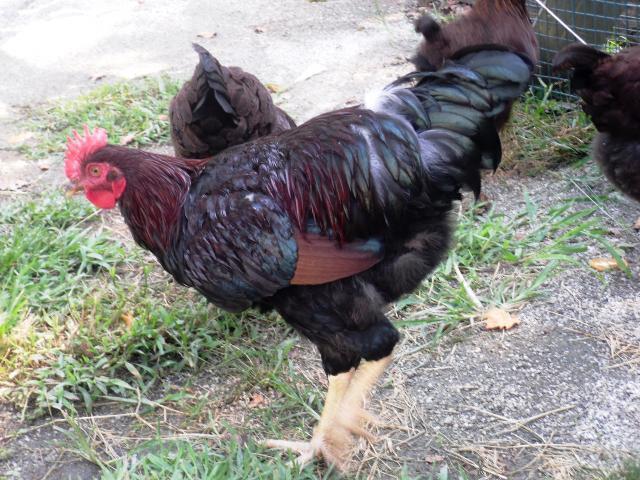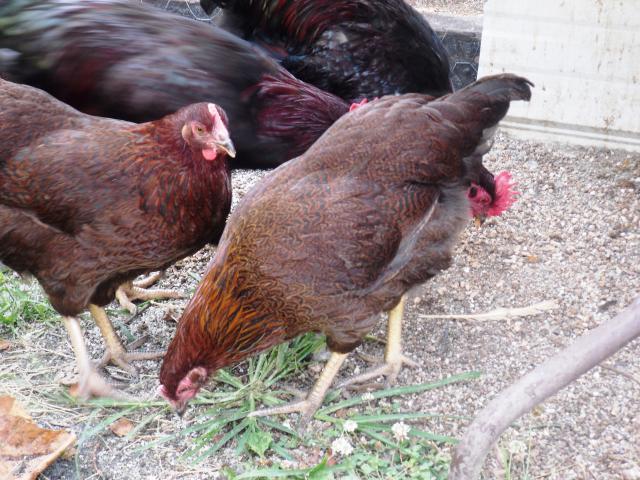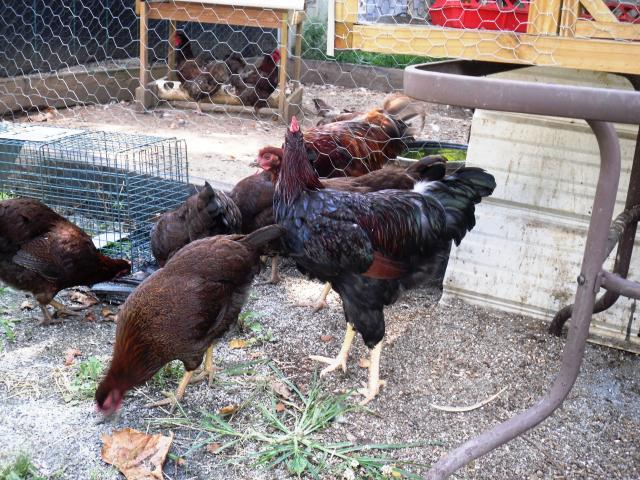off-grid hen
Songster
Thanks! Your rooster is gorgeous. I always speak too soon it seems, because this morning my husband shot out of bed. I asked what was wrong, and then he started laughing. (I am partially deaf and didn't have my hearing aid in.). He told me to put my aid in and come to the window. At first he thought something was getting mauled by a bear in the woods, but then he realized it was General Tso practicing his crow. "aaaauuuuuuuuugggggghhhaaaaaaahhh!". LOL.








